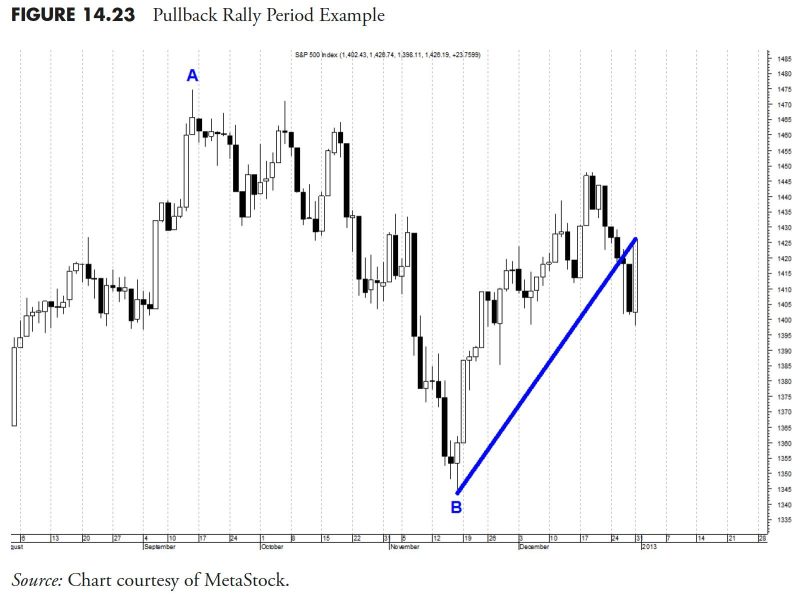
Mastering Money Management: How to Safeguard Your Investments! Part 5: Security Selection Tips and Guidelines
In the world of finance and investment, security selection plays a crucial role in determining the success of an investor’s portfolio. Effective security selection involves careful analysis, research, and adherence to specific rules and guidelines that aim to maximize returns while managing risks. This article will delve into the key aspects of security selection rules and guidelines, providing insights for investors seeking to enhance their decision-making process.
1. Fundamental Analysis:
Fundamental analysis forms the foundation of security selection, focusing on the intrinsic value of a security based on factors such as company financials, industry outlook, and macroeconomic trends. Investors employing fundamental analysis evaluate key metrics like revenue growth, earnings per share, price-to-earnings ratio, and debt levels to assess the viability of a security for investment. By understanding the underlying fundamentals of a security, investors can make informed decisions that align with their investment objectives and risk tolerance.
2. Technical Analysis:
Technical analysis is another crucial aspect of security selection that involves studying historical price movements and identifying patterns to forecast future price trends. Technical analysts utilize charts, trends, volume indicators, and other tools to analyze market behavior and make predictions about potential price movements. By incorporating technical analysis into the security selection process, investors can supplement fundamental insights with technical indicators to enhance their decision-making and improve their investment performance.
3. Risk Management:
Risk management is an integral part of security selection, focusing on minimizing potential losses and preserving capital. Effective risk management involves setting stop-loss orders, diversifying investments across different asset classes, and managing position sizes to limit exposure to individual securities. By implementing robust risk management strategies, investors can protect their portfolios from adverse market conditions and mitigate downside risks associated with security selection.
4. Valuation Metrics:
Valuation metrics play a key role in security selection by providing a quantitative framework for assessing the attractiveness of a security based on its perceived value relative to its market price. Common valuation metrics include price-to-earnings ratio, price-to-book ratio, dividend yield, and enterprise value-to-EBITDA ratio, among others. By analyzing valuation metrics, investors can identify undervalued securities with favorable risk-return profiles and capitalize on investment opportunities that offer attractive potential returns.
5. Qualitative Factors:
In addition to quantitative metrics, qualitative factors also play a significant role in security selection, as they provide insights into the qualitative aspects of a company, such as management quality, competitive advantages, brand reputation, and industry dynamics. Investors often consider qualitative factors alongside quantitative analysis to gain a comprehensive understanding of a security’s potential for long-term growth and sustainability. By incorporating qualitative considerations into the security selection process, investors can make well-rounded investment decisions that factor in both quantitative data and qualitative insights.
6. Continuous Monitoring and Review:
Lastly, security selection is an ongoing process that requires continuous monitoring and review to ensure that investment decisions remain aligned with changing market conditions and investor objectives. Investors should regularly review their portfolios, assess performance, and adjust their holdings based on new information and evolving market trends. By staying vigilant and proactive in monitoring their investments, investors can adapt to market dynamics and optimize their security selection strategies for long-term success.
In conclusion, security selection is a critical component of the investment process that requires a combination of fundamental analysis, technical analysis, risk management, valuation metrics, qualitative factors, and ongoing monitoring. By following established rules and guidelines for security selection, investors can enhance their decision-making process, optimize their portfolios, and achieve their investment goals effectively. By adopting a disciplined and rigorous approach to security selection, investors can navigate the complexities of the financial markets and build a resilient and diversified investment portfolio.
